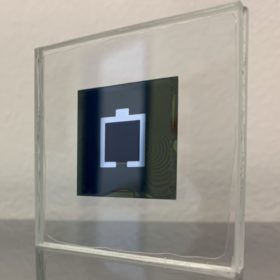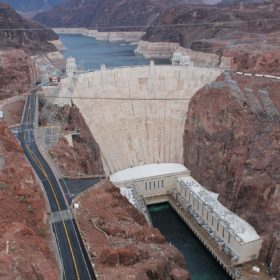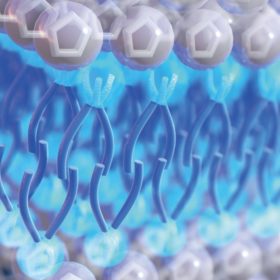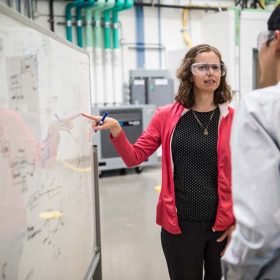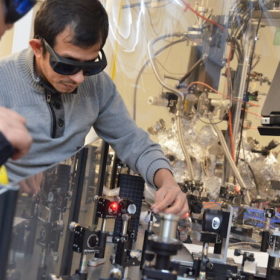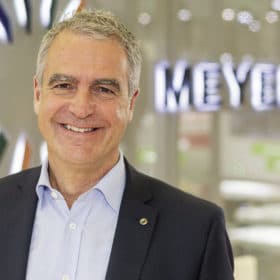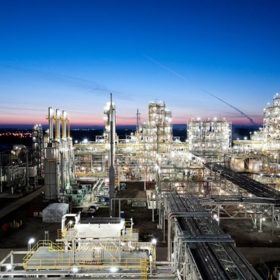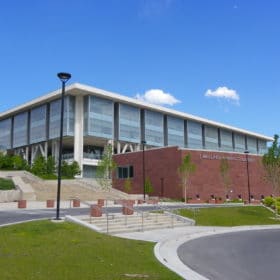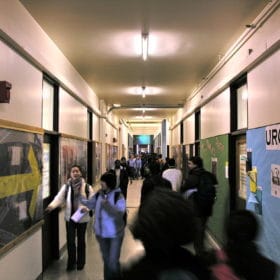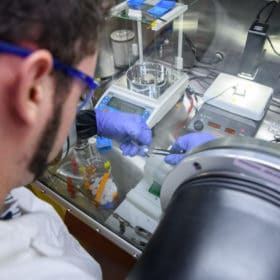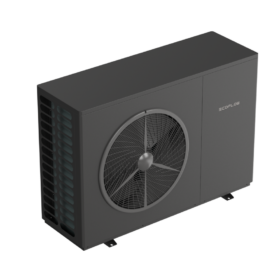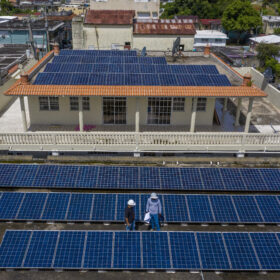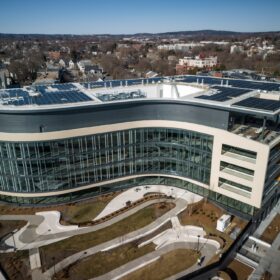Perovskite/silicon tandem solar cells approaching 30% efficiency in lab
Scientists at the Helmholtz Zentrum Berlin have taken back the world efficiency record for a perovskite/silicon tandem solar cell, achieving 29.15% with a device measuring 1cm². The record has been confirmed by Fraunhofer ISE, and according to HZB, this means that the 30% efficiency mark is within reach.
Saving water with solar and wind
Scientists at Princeton have found solar and wind energy offer the added environmental benefit of reducing water usage, by comparison with hydroelectric dams. Their findings, say the researchers, could have a positive impact on groundwater sustainability in drought-prone regions such as California, where they conducted a case study.
‘New and strange properties’ provide a boost to energy storage
MIT scientists have developed a class of liquid electrolyte with properties they say could open up new possibilities for improving the performance and stability of lithium batteries and supercapacitors.
Stitching together the grid of the future
A vision of a decentralized, renewable-powered electricity grid is being brought a step closer by scientists at the U.S. National Renewable Energy Laboratory. Their project, Autonomous Energy Grids, aims to take an overarching look at the solutions that will power this grid of the future, and to fill any gaps that appear between them.
One atom layer to ‘free the electrons’
Scientists from the University of Kansas say adding a layer of two-dimensional semiconductor molybdenum disulfide can greatly improve the performance of organic solar cells. The research could also inform efforts to engineer the interface between layers in hybrid organic cells.
Someone is building a heterojunction cell factory in North America
Swiss equipment supplier Meyer Burger has signed a contract to supply heterojunction cell manufacturing equipment to an unnamed North American manufacturer.
REC Silicon lays off 100 at Washington polysilicon plant
Polysilicon maker REC Silicon has announced that it will lay off another 100 workers at its Moses Lake facility in Washington State, as the factory heads into long term shutdown.
Waste heat is not cool, say scientists
Engineers at the University of Utah have developed a tiny device which they say could increase the performance of PV panels and other electronic devices by converting energy lost as heat back into electricity.
‘Turbocharging’ silicon PV: MIT scientists scratch the surface of singlet exciton fission
Scientists at the Massachusetts Institute of Technology have developed a device they say could “turbocharge” a single-junction silicon PV cell, pushing the technology beyond its theoretical limit to efficiencies of 35% and higher.
Battery scientists make a cracking observation
Scientists at the Georgia Institute of Technology in the U.S. used x-ray imaging to observe cracks forming in a solid state lithium battery, a discovery they say changes the understanding of performance of solid state batteries and which could lead to more durable systems.

